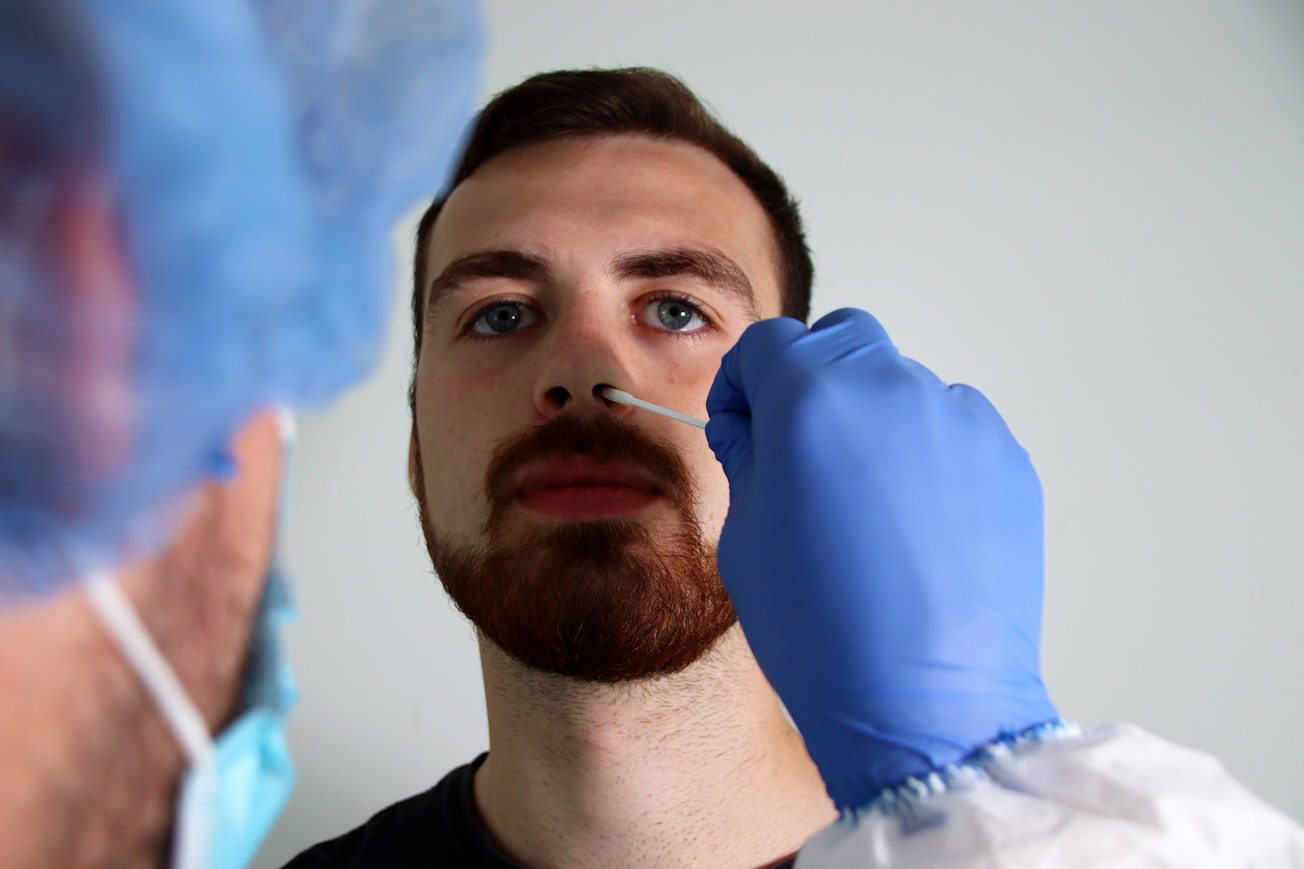What is it about?
The novel coronavirus strain has rapidly infected millions across the world and has assumed the status of a global pandemic. Real-time reverse-transcription polymerase chain reaction (RT-PCR), the test for direct identification of COVID-19 virus has been well defined in many medical studies. However, there is a lack of research identifying laboratory abnormalities seen in patients infected with COVID-19. The authors of this study carried out a deep electronic search on prominent medical journal interfaces to explore the most frequent abnormalities found in COVID-19 patients with severe infection. They used keywords and scrutinized the title, abstract and main text (when available) to narrow down the search pool to their specific requirements. In-depth analysis of the 11 selected studies revealed that there was a significant difference in disease markers such as white blood cell count, neutrophil count, lymphocyte count, and blood creatinine among patients who succumbed to the infection, who required ICU admission, and those who didn’t. The authors also suggest the introduction of innovative biomarkers and coagulation tests to increase the accuracy of tests and fine-tune prognosis.
Featured Image

Photo by Maskmedicare Shop on Unsplash
Why is it important?
RT-PCR tests have been used to determine the presence of infection, whereas in-vitro diagnostic tests for COVID-19 have been utilised for epidemiological surveillance, assessment of severity, and selection of the right treatment. A clear understanding of the abnormalities found in laboratory test results of different patients at different stages of the infection is essential for ensuring proper treatment and therapeutic monitoring. KEY TAKEAWAY Laboratory medicine plays a crucial role in the early detection and management of many diseases. An overview of the various abnormalities encountered during in-vitro diagnostic tests of patients is vital to understanding the clinical characteristics and behaviour of a disease like COVID-19.
Read the Original
This page is a summary of: Laboratory abnormalities in patients with COVID-2019 infection, Clinical Chemistry and Laboratory Medicine (CCLM), March 2020, De Gruyter,
DOI: 10.1515/cclm-2020-0198.
You can read the full text:
Resources
Increased risk of blood clotting in patients with SARS-CoV-2
Routine tests to monitor blood coagulation may help with early identification of severe forms of COVID-19 infections and help to reduce disease severity.
Reviewing potential vulnerabilities in COVID-19 diagnostics
Laboratory medicine plays a crucial role in the diagnosis and containment of infectious and transmissible diseases like COVID-19. Hence, reducing testing errors in RT-PCRs is of paramount importance.
Examining trends in COVID-19 infected patients from a community hospital in the US
Larger prospective studies should focus on fully comprehending the clinical features of COVID-19-infected patients across various ethnicities.
The various features of COVID-19
One of the first published summaries of the disease and its diagnosis, aimed at improving disease management and control.
Contributors
The following have contributed to this page










